People who suffer with pudendal neuralgia, just like other types of pelvic pain, are often looking for a way to safely move and bring exercise back into their lives.
How do you go about reintroducing more movement into your daily lives? Working with a pelvic health physical therapist and these principles may offer you some helpful guidelines.
Listen to your body
If you have been in physical therapy for pudendal neuralgia, were you comfortable with your home exercise program? Were you afraid it would flare you up? What movements, yoga postures, or exercises can you perform with ease and without fear?
Does it feel good to rotate your shoulders and stretch your neck? These muscles attach to your rib cage, which has a relationship with breathing. Breathing, in turn, has a relationship to the pelvic floor.
It’s all connected and not a waste of time if you aren’t moving the muscles that are directly attaching at the hip. Notice what feels good in your body and create space in your life to do more of it.
Imagine a movement
Use the principles of explicit motor imagery when you are reintroducing movement. Imagine the movement before you do it, especially if you are not yet able to achieve the movement with the ease you would like to.
Sometimes people with pudendal neuralgia have pain in the buttocks or perineal area when practicing Warrior 2 on the side where the knee is bent.
Let’s be curious with the movement. What if you decrease your base of support by bringing the feet closer towards each other? With a smaller stance, your knee won’t bend as far, which means your hip won’t flex as much. This modification was useful for one of my patients many years ago.
When you land in the posture, create as much ease as you can. Imagine you are grounded and strong from the waist down, and buoyant and effortless from the waist up. Once you can picture this ease flowing through you, imagine what it would be like to widen your stance.
Don’t actually change your legs, but use the concept of explicit motor imagery to reprogram your brain not to expect the movement to hurt. Over time, your brain will adapt and you’ll start to use the concept of graded movement tolerance.
Gradually add on movement
We can use the concept of graded exposure by slowly increasing the load, time held, or degree of the movement.
For example, if someone with pudendal neuralgia had a goal of sitting on a meditation cushion for 10 minutes per day, we could break this larger goal into smaller, short-term goals. The person could sit on a double cushion, decreasing this hip angle. Or, the individual could sit for two minutes, lay down for two minutes, and repeat to increase sitting tolerance.
How could we apply the concept of graded exposure to a yoga posture?
Consider Child’s Pose. Perhaps starting in a table top position feels comfortable but Child’s Pose is too much of a stretch thru the gluts and the area that the pudendal nerve innervates. We can break this movement down into smaller steps by working with rock backs.
Start in table top with your spine neutral. Send your sitz bones back a few inches as you fold at the hip creases with as much ease as possible. Stop when you feel like your pelvis wants to tuck under then return to table top position. Pair this with the breath by inhaling as you rock back and exhaling as you return to table top position.
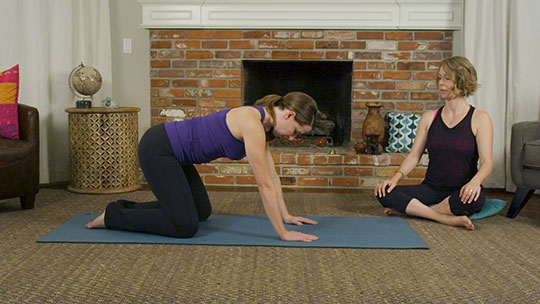
As you continue to practice these rock backs, imagine that you are folding all the way back into Child’s Pose. This reprograms what your brain expects is possible. Over time you may find you get closer and closer to achieving Child’s Pose with a bolster between your thighs and gluts or even with your rear end touching your heels.
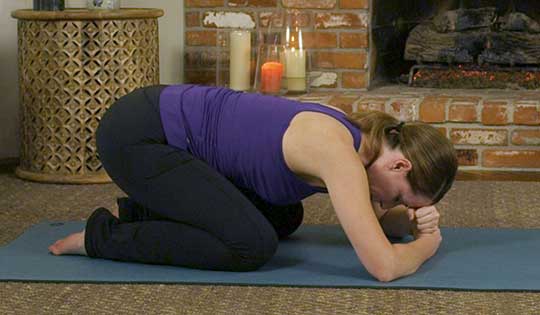
Experiment and be compassionate
Be curious! Try new movements being mindful of moving mindfully.
Take care to pace yourself and not push too far. Always listen to your inner guidance.
And lastly, use your resources—ask your rehab team for advice, soften with your breath, and nourish your nervous system.


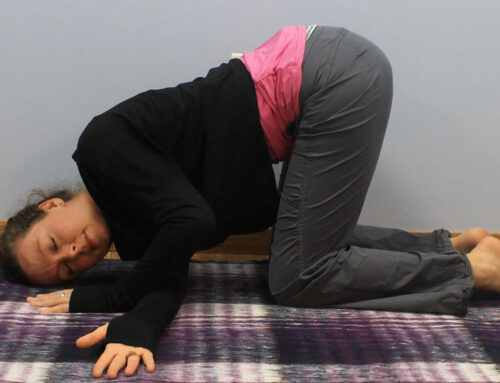
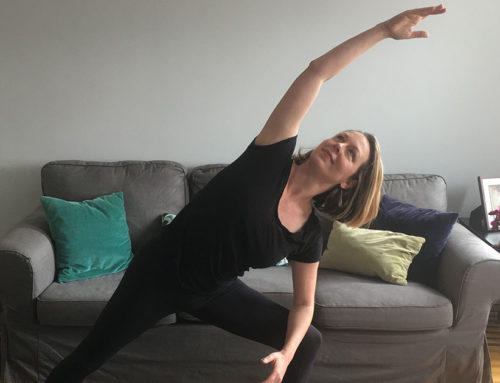

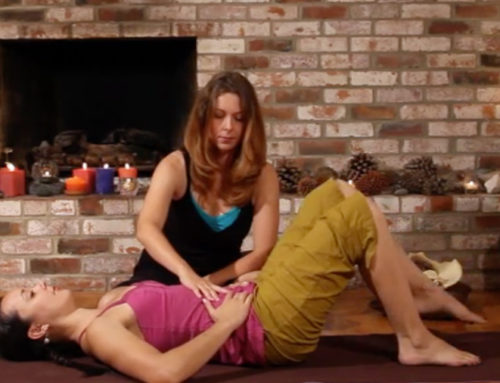
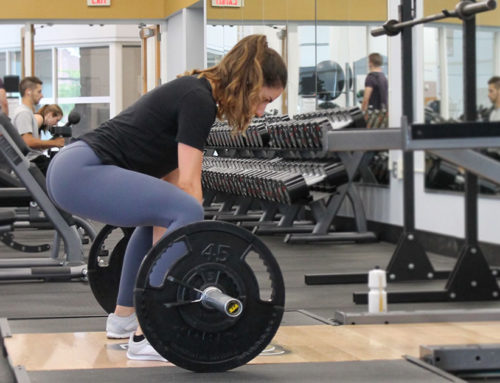
[…] These are the same concepts I wrote about in my blog “Yoga for Pudendal Neuralgia.” […]